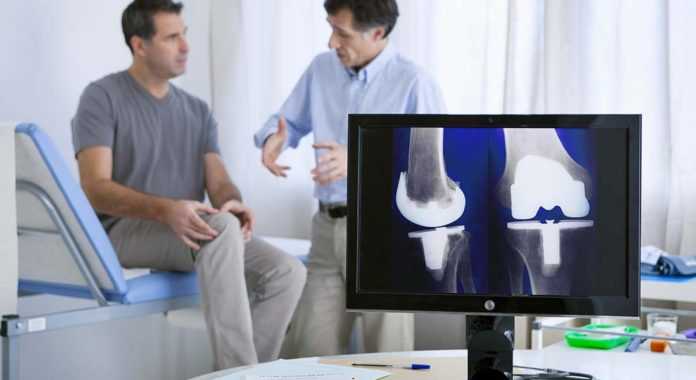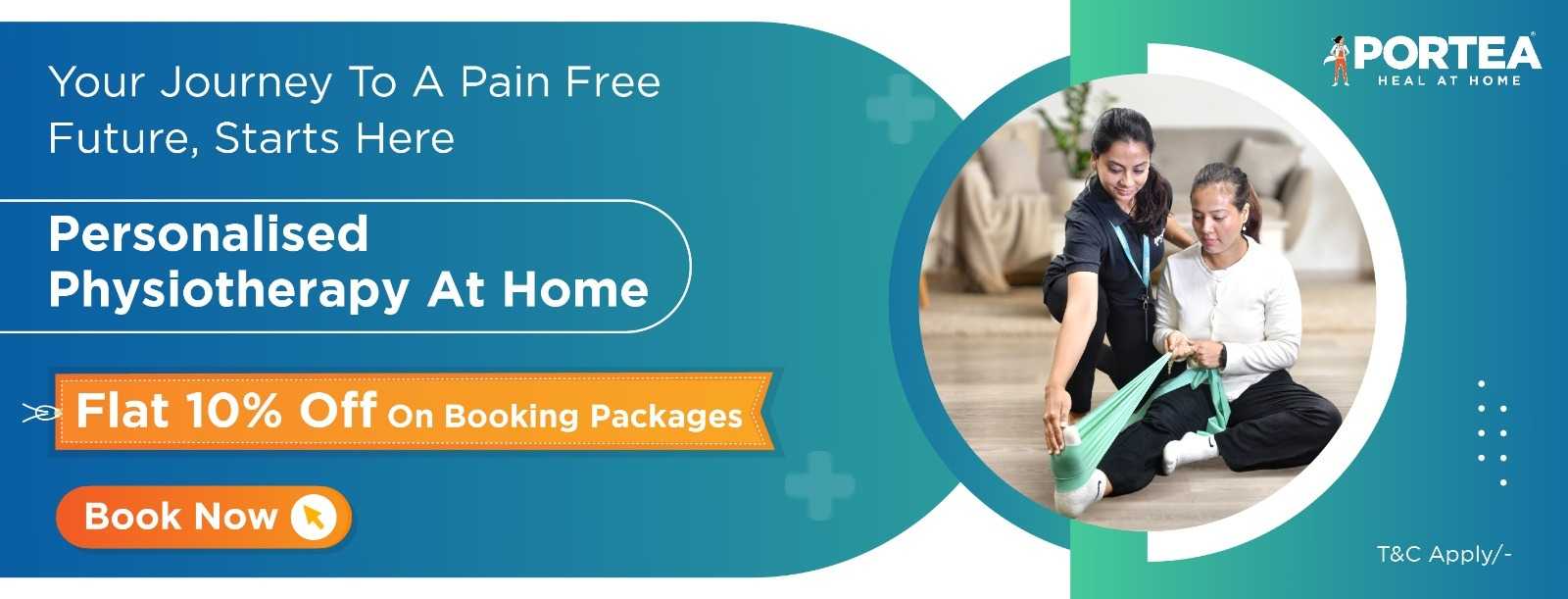
physiotherapy for varicose veins


what are varicose veins?
Varicose veins are enlarged, twisted blood vessels that protrude beneath the skin. While any superficial vein can become blue or purple and swollen, the veins most commonly impacted are in the legs, feet, and ankles. Spider veins, which may form around varicose veins, are smaller red or purple lines that appear near the skin’s surface.
what is physiotherapy for varicose veins?
Physiotherapy for varicose veins is a natural treatment method targeting dysfunctional vein valves to promote healing. Varicose veins, which appear as blue or purple, enlarged veins, commonly occur in the legs or feet due to prolonged standing pressure. It’s estimated that around 40% of individuals over the age of 50 experience some form of varicose veins. Physiotherapy is regarded as one of the best treatment options, as it is both minimally invasive and a natural approach to managing the condition.
benefits of physiotherapy for varicose veins
Physiotherapy as physiotherapy is very important in treating varicose veins because of improvement in the circulation of blood in the legs and thighs. Apart from improving circulation, physiotherapy has other benefits:
- Healing of veins is achieved without medication or invasive surgery.
- Physiotherapy for Standing and Weight/Lift-Related Pain Relief.
- Treatment also includes the reduction of swelling and discomfort of varicose veins.
how does varicose veins work?
The primary cause of varicose veins is prolonged inactivity of the legs. Physiotherapy exercises for varicose veins help restore normal blood circulation.
Physiotherapy management typically includes exercises like swimming, walking, cycling, or other slow-paced activities to ensure proper blood flow to the legs. Even simple exercises can effectively regulate the blood flow from the legs back to the heart, improving circulation and reducing varicose veins.
what are the causes for varicose veins
Varicose veins form when the walls of veins become weak, leading to increased pressure inside them. As the veins stretch, the valves that regulate blood flow can no longer function effectively, resulting in blood pooling. This causes veins to become swollen, twisted, and bulging.
Common factors contributing to varicose veins include:
- Aging: Reduced elasticity of vein walls over time.
- Genetics: A family history of varicose veins increases risk.
- Hormonal fluctuations: Particularly common among women due to menstrual cycles, pregnancy, or menopause.
- Pregnancy: Increases blood volume, which can strain veins.
- Prolonged inactivity: Extended periods of sitting or standing hinder blood circulation.
- Tight clothing: Garments like tight waistbands may restrict blood flow.
- Medical conditions: Severe constipation or tumors can exert pressure on veins.
- Obesity: Excess body weight adds strain on veins.
- Smoking: Damages blood vessels and reduces circulation.
- These factors collectively impact vein health, often requiring lifestyle adjustments or medical interventions to manage symptoms.
what are the symptoms of varicose veins?
Varicose veins most commonly affect the lower body, including areas like the calves, ankles, and feet. They can also develop in the pelvic region, particularly among individuals who have had children.
Common Symptoms of Varicose Veins
- Visible Veins: Dark purple or blue veins that are twisted, bulging, and cord-like, often clustered with nearby spider veins.
- Pain and Discomfort: Aching, soreness, or a heavy feeling, particularly behind the knees.
- Swelling: Puffiness in the legs, ankles, and feet.
- Fatigue: A sensation of heaviness or sluggishness, especially after physical exertion.
- Additional Sensations: Burning, throbbing, muscle cramping, and swelling in the lower legs.
- Postural Pain: Increased discomfort after long periods of sitting or standing.
- Skin Issues: Itching around affected veins and discoloration around untreated varicose veins.
- Severe Complications: In advanced cases, venous ulcers (open sores) can develop on the skin.
- Additionally, varicose veins in the pelvic area may occur, and in men, varicose veins in the testicles (varicoceles) can contribute to infertility.
treatment options for varicose veins
- Conservative Treatments
Conservative methods aim to manage symptoms and prevent further complications, often focusing on lifestyle modifications and non-invasive therapies:
- Lifestyle Adjustments: Regular exercise, leg elevation, and avoiding prolonged standing or sitting.
- Compression Therapy: Use of compression stockings to promote better blood flow and reduce swelling.
- Physiotherapy: Techniques to improve circulation, relieve pain, and reduce discomfort.
- Surgical Treatments
Traditional surgical methods involve:
- Vein Ligation and Stripping: Removal of the greater saphenous vein and its tributaries through ligation and stripping. This procedure is typically reserved for severe cases.
- Endovascular Treatments
Minimally invasive procedures have largely replaced traditional surgery, including:
- Endovenous Thermal Ablation (EVTL): A catheter-based technique using heat energy (radiofrequency or laser) to close affected veins. This is performed under ultrasound guidance with local anesthesia and is the standard treatment in the U.S.
- Supplemental Procedures
These address visible superficial veins like reticular veins or spider veins:
- Sclerotherapy: Injection of a sclerosant solution to close smaller superficial veins.
- Phlebectomy: Removal of larger superficial veins through small incisions (2-3 mm).
- Laser Therapy: Effective for treating spider veins but not suitable for larger varicose veins.
- Advanced and Adjunctive Options
- Foam Sclerotherapy: Used for larger veins by injecting a foam sclerosant.
exercises involved during physiotherapy in varicose veins
- Running/Walking/Jogging
It is said that a 30-minute walk daily can show incredible results in improving blood circulation of an individual, which could manage varicosities.
- Riding a Bicycle
Using a bike, either a stationary one or a regular one, can be effective in warming up the legs and speeding up the cure of varicose veins. For those who do not have a bike for the real cycling exercise, try this bicycle leg exercise: lie on your back and lift your legs, bend your knees, and imitate the action of pedaling in the air:
- Leg Lifts
With your flat back on the surface, legs outstretched, slowly lift one of your legs into the air. Count silently for a few seconds and gently lower the limb. Alternate and cycle with the other leg.
- Lunges
Stand straight and step one leg forward so that the back knee is near a spot about 90 degrees of that front knee. Slowly return to the starting position and follow the same procedure by lunging with the other leg. Do it alternately.
- Rocking Your Feet
Rocking the feet back and forth from the heels to the toes can help improve blood flow. It can be done either in a seated or standing position.
Sometimes physiotherapists even apply electrotherapeutic modalities to treat varicose veins. Such electrical modalities work as a reliever of pain and enhance blood circulation. For further information about this treatment, it is always better to visit a specialist physiotherapist.
precautions to keep in mind while getting physiotherapy for varicose veins
Although physiotherapy for varicose veins is a safe treatment option, certain precautions should be taken:
- Select exercises carefully and avoid pushing yourself too hard, as this could cause harm.
- Avoid physiotherapy during pregnancy unless specifically advised by a healthcare professional.
- Consult a vein specialist before starting any physiotherapy regimen to ensure it’s appropriate for your condition.
how can we help?
- Portea offers home-based physiotherapy treatment for varicose veins.
- Our physiotherapists are highly trained, certified, and experienced.
- Varicose veins treatment requires personalized care; our therapists assess and create tailored plans for each patient.
- Our physiotherapists are empathetic, carefully listening and observing before providing treatment.
- We use advanced medical equipment to ensure a safe and easy diagnosis process.
- Appointments can be booked to fit your schedule and availability.
- Our physiotherapists monitor your medical reports to track progress until full recovery.
With Portea, you’re not just getting physiotherapy at home for Varicose veins; you’re gaining a partner in your journey to recovery and well-being. We also offer a range of superior healthcare services, including doctor consultations, medical equipment, nursing home care, and dedicated caretakers. Rely on us for top-tier healthcare solutions tailored to your requirements.
portea’s other physiotherapy services
Content is medically reviewed by:
Shruti Bangera, Masters In Neurological Physiotherapy, Senior Physiotherapist & SME, Portea
faq’s
1. What is the Treatment For Varicose Veins?
Treatment for Varicose Veins
- Lifestyle Changes
- Compression Therapy
- Medications
- Medical Procedures
2. What is Varicose Veins Diagnosis
- Physical Examination and Medical History
- Review symptoms and family history, and inspect the affected areas for visible signs of varicose veins.
- Ultrasound and Duplex Ultrasound
- Use these imaging techniques to visualize blood flow, assess vein structure, and identify damaged valves.
- Additional Imaging Tests
- Venography: Inject contrast dye for detailed X-ray images of veins.
- MRI/CT Scan: Used for detailed views in complex cases
3. How often should I undergo physiotherapy?
Frequency depends on individual needs and the physiotherapist’s recommendations, typically ranging from a few sessions a week to monthly check-ups.
4. How long does it take to see results from physiotherapy?
Results vary; some may notice improvement within a few weeks, while others may take longer.
5. Can physiotherapy help with pain from varicose veins?
Yes, it can alleviate pain and discomfort by improving circulation and reducing strain on the veins.
References
Doctor Consultation
Nursing
Physiotherapy
Trained Attendant
Elder Care
Mother & Baby Care
Lab Tests
Medical Equipment
Speciality Pharma
Critical Care






